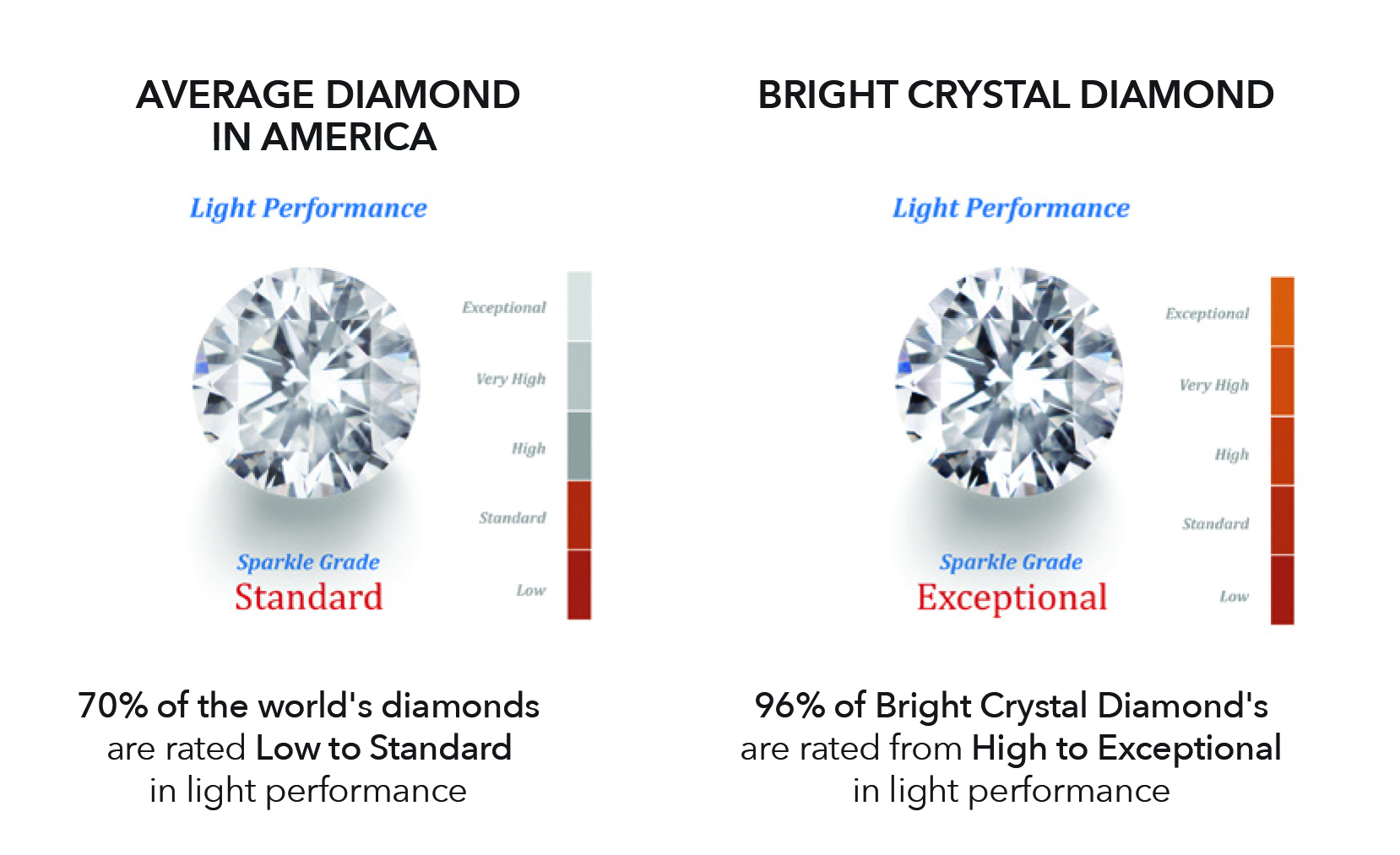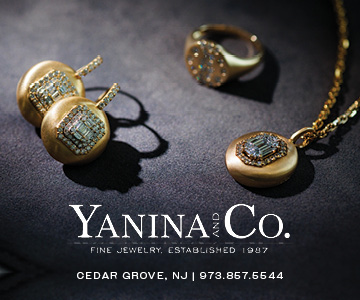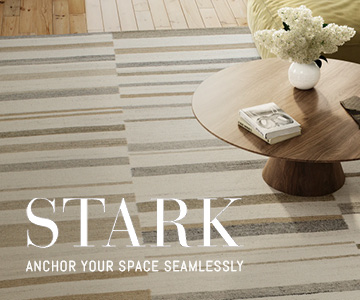By Maureen Uphoff-Brady
The world of diamonds is unfamiliar to most of us, and there are sellers posed to take advantage of any naiveté. These days, it’s hard to know if you’re looking at a natural diamond or one that’s been radiated, heat- or pressure-treated for color enhancement, or laser-drilled to remove an unsightly spot (“inclusion”) and then resin-filled to be sold as a higher quality diamond. Furthermore, lab-grown diamonds and simulants have become commonplace.
These treated and manufactured diamonds have infiltrated the supply chain, sometimes unidentified. Savvy shoppers know the Gemological Institute of America (GIA) report is the “gold standard” method of 4C rating (carat, cut, color, clarity). These highly trained gemologists whose opinions are recognized world-wide disclose any “enhancements” the diamond has undergone, as well as verify that it’s a natural diamond. The understandable conclusion is to shop for the lowest price amongst diamonds with identical 4C ratings, right? Aren’t all G-VS2, one-carat round diamonds created equal? No, they aren’t.
The same 4C rating does not equal the same appearance in two diamonds. There are additional details, beyond what the GIA report covers, which affect the diamond’s appearance and therefore its value. While the amount and general location of inclusions get the diamond its GIA clarity rating, the specific location and type of inclusions are also important factors in how the diamond’s value is determined. Rather than solely shopping the numbers and ratings, it’s best to look at diamonds individually under magnification and with the naked eye to determine what you find acceptable. The key is to have an expert guide you through the examination, educating you on exactly what you’re seeing.
An inclusion near the edge (“girdle”) of the diamond is generally preferable to an inclusion closer to the center (“table”) where it’s the most noticeable. Yet, both diamonds could have the same 4C rating. On average, a woman looks at her engagement ring 70X/day. At some point, the black spot that looks like a sesame seed near the middle of her diamond is going to bother her, whereas when located near the diamond’s edge it can get lost in the diamond’s faceting or be hidden under a prong. Even better is if that inclusion is a “feather” or a “wisp”—generally colorless marks inside the diamond.
New Technology to Measure a Diamond’s Sparkle
New artificial-intelligence technology rates a diamond’s brilliance by measuring how light travels through it. Only 5 percent of the world’s diamonds obtain the highest rating of exceptional while a whopping 70 percent rate poor to standard. Brilliance is primarily affected by the diamond’s cut and somewhat by the placement of inclusions. One VS2 diamond could rate exceptional brilliance while another VS2 rates standard or even low. Performed by an independent company that doesn’t sell diamonds, an electronic brilliance report includes a complete 360-degree view of the diamond magnified 10X so inclusions are visible, eliminating the need to use a jeweler’s loupe—an exercise most people find awkward at best.
A brilliance report, a GIA report and in-person examination with guidance from a knowledgeable jeweler provides the most comprehensive information available to make a great choice for a diamond that’ll be in your family for many generations. Reputable independent jewelers individually hand-pick their diamonds. Their survival depends on quality, particularly in the absence of a multimillion-dollar advertising budget. Whereas lower quality diamonds (the aforementioned 70 percent) are purchased in bulk by large chains and online sellers; hence purchasing online is akin to spinning the wheel of chance.
Keeping it in the Family
There are three interesting factors to keep in mind regarding the value of natural diamonds. First, on average, 250 tons of kimberlite ore is mined to yield a single one-carat gemstone-quality diamond. Second, one-carat gem-quality natural diamonds are increasingly rare as existing mines are depleted, new sources are seldom discovered, and the demand continues to rise—particularly from emerging economies around the globe. Third, as lab-grown diamonds infiltrate the marketplace, a block-chain system is being developed by DeBeers and others to prove the provenance of each natural gemstone coming out of the ground.
Given these factors, the price of natural diamonds undoubtedly will continue to rise. So, what can be done to protect your investment? Do an online search; it’s amazing what hasn’t been on the evening news. Incidences of diamond-switching have increasingly been reported over the past several years and while laser-inscription can thwart possible switching during a repair, the inscription can be polished off by professional thieves, making retrieval virtually impossible.
Now, top-quality suppliers are having their diamonds scanned with Gemprint, the world’s most sophisticated technology for diamond security used by both the FBI and the Canadian government. The resulting report includes infrared pictures showing a diamond’s individual peculiarities for identification, and upon purchase, you are registered as the diamond’s owner. Just like humans, no two diamonds have the same exact carbon markers or “fingerprint.” This technology ensures the return of the diamond if it’s recovered by law enforcement—similarly to microchipped pets. Major insurance companies have endorsed this extra security with up to 10 percent discounts on annual insurance premiums.
Maureen Uphoff-Brady, M.A. and her husband own Craig Brady Fine Jeweler. Members of Jewelers of America and Retail Jewelers Organization, they specialize in superior quality natural diamonds, custom design, repairs, appraisals and gifts for every budget. Serving the community since 1996 as Valley Jewelers in Upper Montclair, they rebranded in 2017 during an expansion and relocation to Montclair Center. Find out more at www.craigbrady.com. Prior to having their daughter, the author was a television executive and communications professor. Today, in addition to managing their business, Maureen writes and speaks publicly. She regularly presents free educational diamond seminars (not a sales event) in their showroom.







